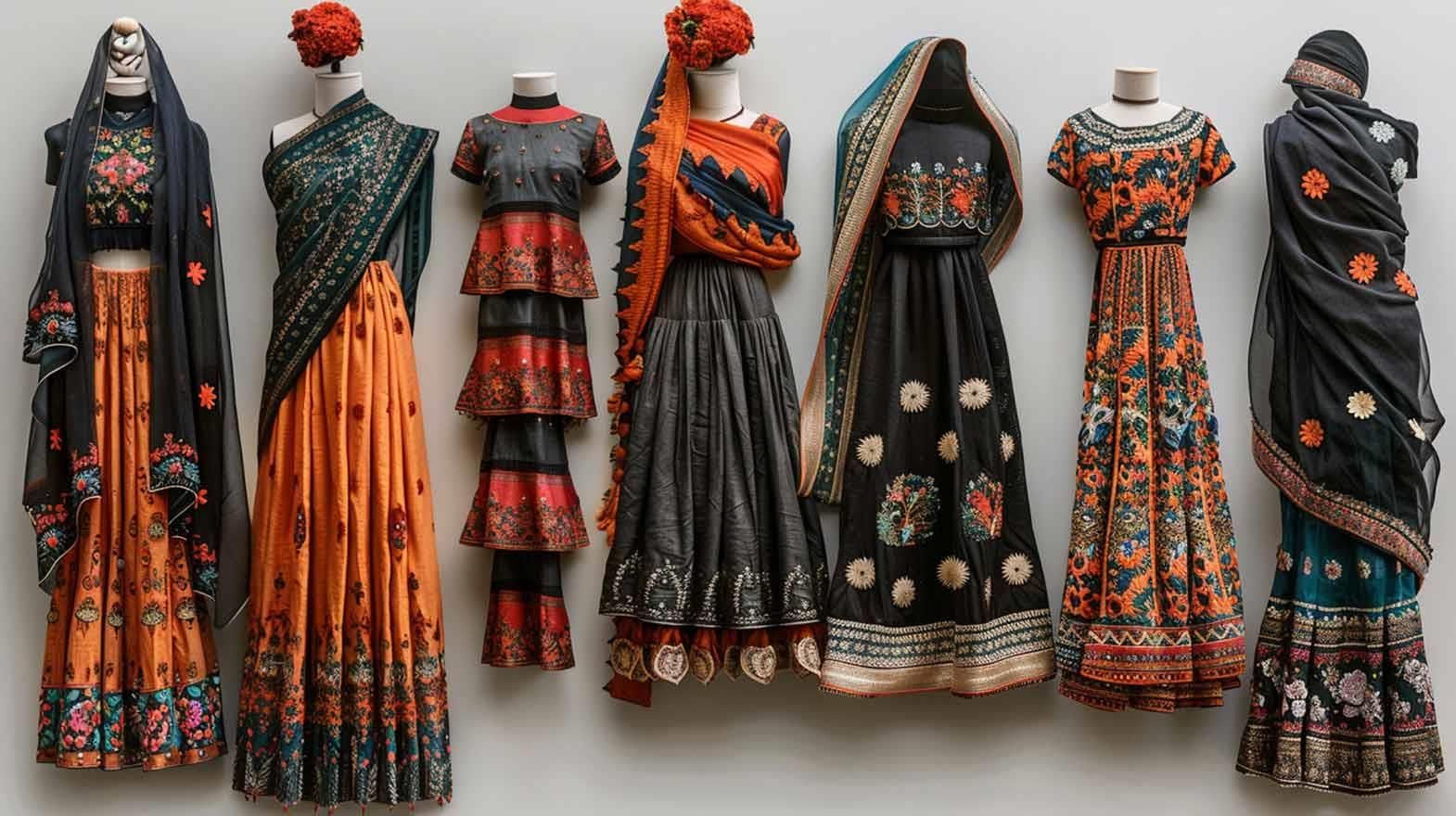Traditionally, textile designs from Assam have been based on inspirations from the epics and Mother Nature, with prominent geometrical/floral designs produced in brilliant shades for the ethnic costumes. Brindavani cloths were the most famous traditional Assamese fabrics produced with designs depicting the different incarnations of God Vishnu.
Major textile designs presently used for ethnic fabrics include Kimkhwab, Boro diamond, Ohol jonberi, Cosa sazia, Miri, and Hatipati designs consisting of geometrical, floral, inspired by nature, and traditional festivities. Evolution of traditional textile design in the dominant handloom sector has been witnessed during a couple of decades post Indian independence period, with adaptation of jacquard fitted looms.
Major traditional costumes of the region include Mekhla-Chadar, dhoti-kurta, dokhna, sarees, riha, and japi which profusely use the traditional Assamese designs for fabric ornamentation.
A review of traditional textile designs of Assam, their usage in the handloom industry for the ethnic and tribal costumes of Assam state has been reported in this article.
Assam is a land of rich cultural heritage where weaving is not just an occupation but also a way of life. Almost every home in rural Assam bustles with the sound of hand loom weaving.
This article was originally published in the Textile Review magazine, March, 2013, published by Saket Projects Limited, Ahmedabad.
About the Authors:
NaveenV. Padaki and Brojeswari Das are associated with the Central silk Technological Research Institute of the Central Silk Board, Bangalore.
A.K.Barman is associated with the Regional Silk Technological Research Station, CSTRI of Central Silk Board, Guwahati.
Sarat Deori is associated with the Regional office of Central Silk Board, Guwahati.
Surendra Kumar is associated with the Indian Institute of Handloom Technology at Guwahati.

20240830145908.gif)
20240924091633.png)

20240924111837.jpg)




Comments